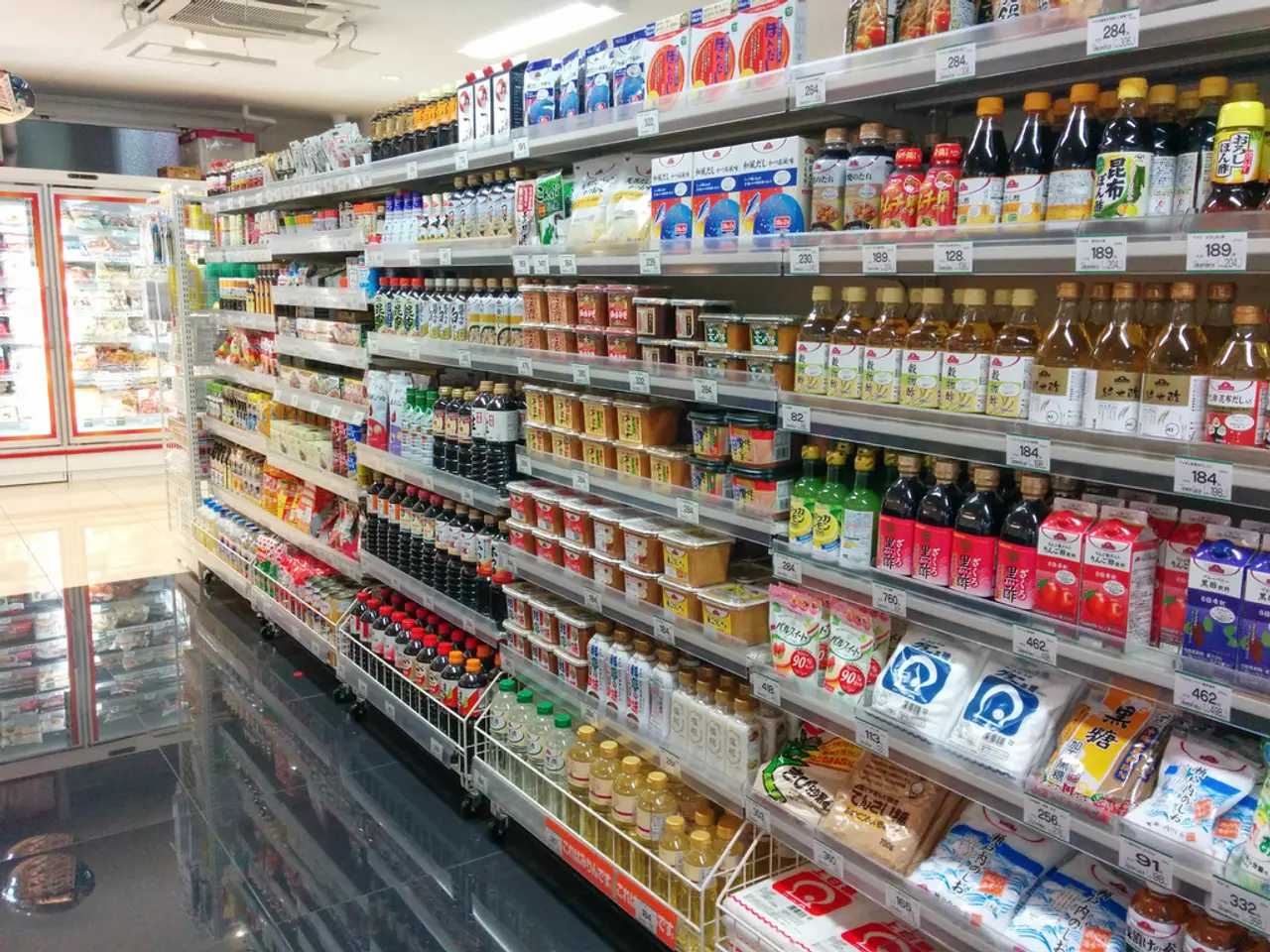United States strikes trade agreements with Indonesia and the Philippines, yet analysts suggest Chinese businesses maintain an advantage.
The United States has recently entered into significant trade agreements with Indonesia and the Philippines, moves that are reshaping Southeast Asian supply chains and potentially impacting China's influence in the region.
Under these agreements, the U.S. has granted zero tariffs on over 99% of its exports to Indonesia, while imposing a 19% tariff on Indonesian goods entering the U.S. This asymmetrical approach encourages Indonesia to import more U.S. goods, positioning it as an alternative manufacturing hub to China. Similarly, the U.S.-Philippines agreement, set to take effect in 2025, imposes a 19% tariff on Philippine exports to the U.S. but grants zero tariffs for U.S. goods entering the Philippines.
These deals reflect the U.S.'s "friendshoring" strategy, prioritising trade and investment with countries aligned on security and economic values. By elevating Indonesia and the Philippines as alternative nodes in supply chains, the U.S. is loosening China's export dominance and opening opportunities for Southeast Asia to rebalance its export orientation.
Analysts suggest that the U.S. is using indirect tactics to contain China's influence. The trade deals could have implications for the balance of power in Southeast Asia, as China faces rising competition from Southeast Asian economies with preferential U.S. ties. The Economist Intelligence Unit's senior China economist, Xu Tianchen, has stated that these trade deals are examples of such indirect tactics.
Chinese factories are increasingly localizing production in Southeast Asian countries, but these agreements could potentially undercut China's position. The deals may provide access to rare earth reserves in Southeast Asia, a critical component in high-tech manufacturing, further eroding China's dominance.
While China remains a major player in Southeast Asian supply chains, these recent U.S. agreements effectively dilute China's role by fostering deeper U.S. economic integration with Indonesia and the Philippines, encouraging regional trade diversification, and reshaping supply chains towards closer U.S. allies.
- The U.S.'s "friendshoring" strategy, as demonstrated by the trade agreements with Indonesia and the Philippines, is based on prioritizing trade and investment with countries that share similar security and economic values, shaping a new opinion about the future of Southeast Asian supply chains.
- The asymmetrical tariffs in these trade agreements, such as the 19% tariff on Indonesian goods entering the U.S. while offering zero tariffs on over 99% of U.S. exports to Indonesia, could impact general-news content by positioning Indonesia as an alternative manufacturing hub to China in the finance and business sectors.
- The potential erosion of China's dominance in high-tech manufacturing, due to access provided by these agreements to rare earth reserves in Southeast Asia, could have significant implications for the balance of power in the region, raising Southeast Asian economies' profile in politics and general-news discussions.
- The localization of Chinese production in Southeast Asian countries could face challenges from these trade deals, as they potentially undercut China's position by fostering deeper economic integration between the U.S. and Southeast Asian countries, thereby diversifying regional trade and reshaping supply chains towards closer U.S. allies.




